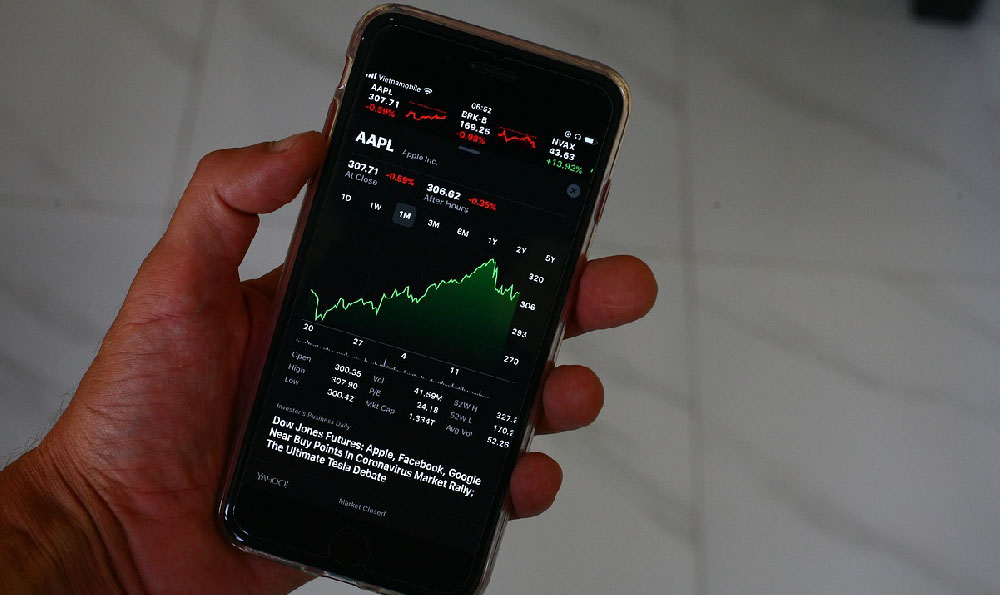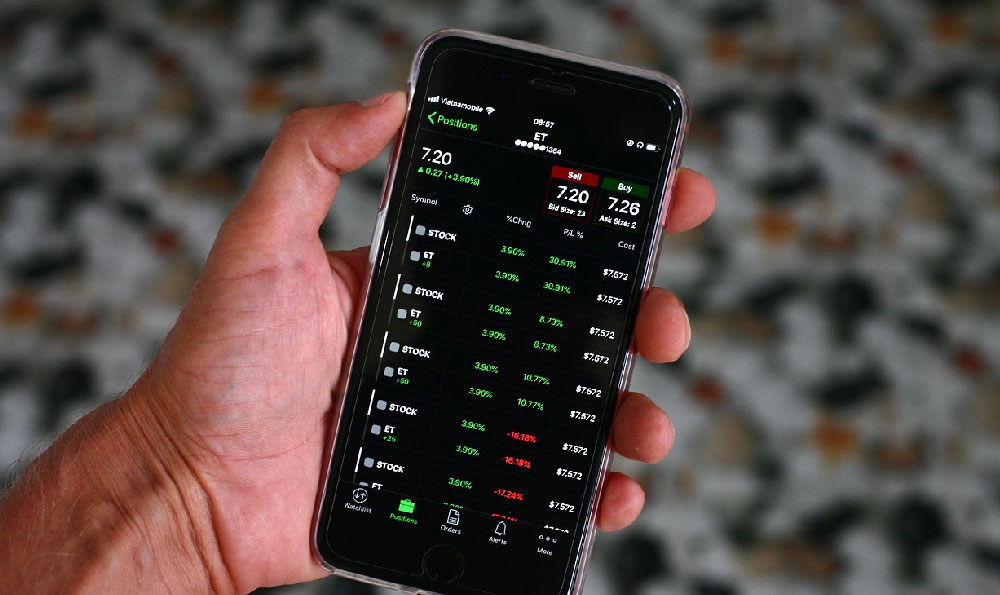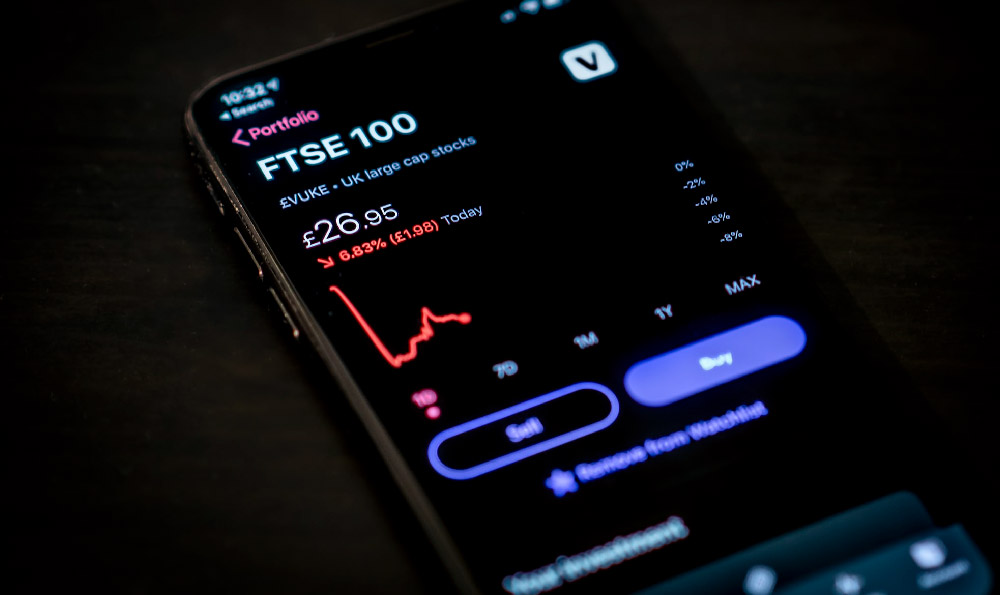Donating plasma has emerged as a viable option for individuals seeking supplemental income, offering a unique blend of financial reward and health benefits. While the process of plasma donation is often associated with altruism, many people are intrigued by the potential earnings associated with it. The amount one can earn depends on a variety of factors, including the frequency of donations, the policies of plasma centers, and the individual's physiological characteristics such as weight and blood volume. Understanding these elements can provide a clearer picture of the financial opportunities available through plasma donation.
The primary financial incentive for donating plasma comes from the compensation offered by plasma collection centers. These facilities, often operated by companies like CSL Plasma or Octapharma, typically provide cash payments or gift cards to donors for their time and effort. The average payment ranges from $50 to $100 per session, though this can vary significantly based on regional demand and the specific institution's pricing structure. In some areas, particularly where there is a high need for plasma products, donors may receive higher payouts, sometimes exceeding $150 per donation. However, it is important to note that these payments are not the same as a salary, as they are contingent on the donor's ability to meet eligibility requirements and the logistical constraints of the donation process.
The frequency of donations plays a critical role in determining overall earnings. Most plasma centers require a minimum of 72 hours between donations, as plasma constitutes approximately 55-70% of total blood volume. This means that a donor can typically give plasma every 28 days, with additional waiting periods in certain cases. While this schedule may seem restrictive, it allows for a consistent income stream without compromising the donor's health. Over time, the cumulative earnings can add up, particularly for those who donate regularly. However, the financial return is not linear, as the recovery of plasma and red blood cells is a physiological process that requires careful monitoring.

Another significant factor influencing earnings is the donor's eligibility. Plasma centers have specific criteria for accepting donors, including age ranges, weight thresholds, and health screenings. For example, most centers require donors to be between 18 and 69 years old and weigh at least 110 pounds. Additionally, a donor's hemoglobin levels and overall medical history are assessed to ensure they can safely participate in the process. Meeting these requirements is essential not only to avoid disqualification but also to maintain the donor's health and maximize the number of eligible donations.
Beyond the immediate financial compensation, plasma donation can offer long-term benefits that indirectly contribute to earning potential. Some centers provide incentives such as free health screenings, discounts on insurance premiums, or bonus payments for regular donors. These perks can enhance the overall value of the donation process, making it more attractive for individuals seeking both financial and health-related rewards. Furthermore, donating plasma can foster a sense of personal responsibility and community contribution, which may have intangible benefits in terms of mental well-being and social satisfaction.
For those considering plasma donation as a source of income, it is crucial to understand the broader implications of the process. While the financial rewards are limited and dependent on various factors, the practice can be beneficial for individuals with specific health concerns or those in need of additional income. However, it is important to approach plasma donation with a clear understanding of the associated risks, such as temporary discomfort, the importance of hydration, and the need for adequate rest between donations. These considerations can help individuals make informed decisions about whether plasma donation aligns with their financial goals and health priorities.
The financial potential of plasma donation is often underestimated by those unfamiliar with the process. While the earnings may not be substantial compared to traditional employment, the flexibility of the schedule and the relatively low barriers to entry can make it an attractive option for certain individuals. For example, students, retirees, or individuals with irregular work hours may find plasma donation to be a useful way to generate supplemental income without requiring long-term commitment. Additionally, the ability to donate multiple times a month in some cases can provide a more frequent cash flow compared to other part-time options.
In conclusion, the amount of money one can earn from donating plasma is influenced by a combination of factors, including donation frequency, institutional policies, and personal health metrics. While the financial returns may not be transformative, they can provide a consistent and flexible source of income for those who meet the eligibility criteria. The process also offers additional benefits such as health incentives and the satisfaction of contributing to medical research, which can further justify the decision to participate. Understanding these dynamics can help individuals evaluate whether plasma donation is a suitable option for their financial and health needs.












